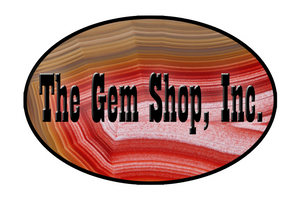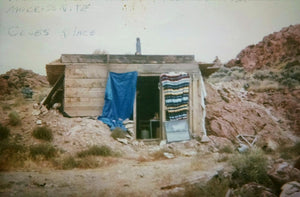Morrisonite Cabins Part 1
There are 3 mining cabins on the Morrisonite claims. Two are close together on the ridge (called Sheepshead Ridge) just after you drop off the east edge of the Owyhee River Canyon. The third cabin is 600 ft. below in the canyon on the south end of the Christine Marie claim.
Having a place to get out of the weather is a necessity if you are going to spend any time in the Morrisonite area. First, the area is remote. It is 27 miles of dirt road just to get to the canyon rim. The last 4 miles of this road can be walked faster than it can driven. If you are mining and need a quart of oil for your machine it requires a full day to drive out and get back.
The weather can change rapidly and is influenced by the size of the canyon. There is nothing to stop the wind from the west. The canyon on the east side of the ridge contains considerable items that have mysteriously disappeared from the camp area due to the wind.
Both cabins on the ridge were built in 1976. I should say here that the word "cabin" may be a bit of an exaggeration. All three structures described in these posts are built against a natural rock wall or slope. The floors are not entirely flat and the insides are not as big as they appear from the front.
My friend Jake built the first structure. He was asked by Tom Caldwell to help him get started mining the Big Hole claim. Jake used discarded lumber and anything he could find to build the cabin. He told me he was sure he did not spend more than $50 on the project. He said he spent most of that money on used windows.
After Tom left, the cabins were not used until Jake and I started working in 1986. Jake moved into Tom's cabin and I moved into Jake's cabin. Both cabins needed to be fixed up a little. I lived in this cabin while building the road down to the Christine Marie claim and for several more years until I built the cabin down below.














